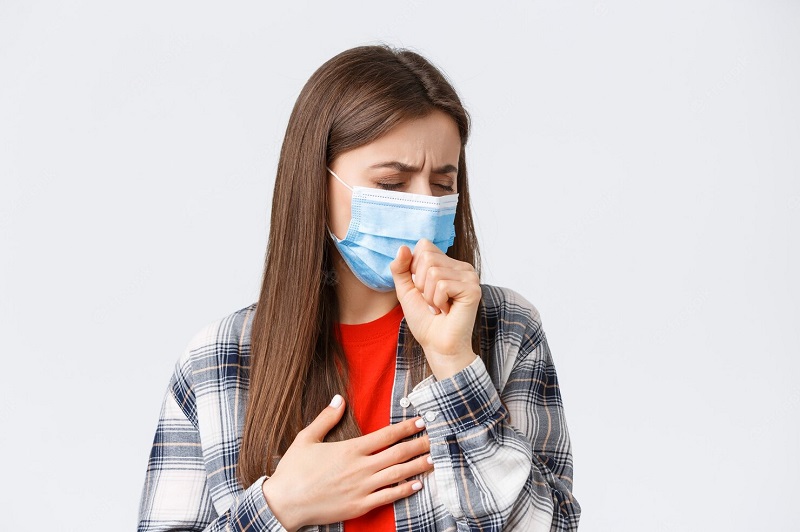
Long COVID—officially known as post-acute sequelae of SARS-CoV-2 infection (PASC)—refers to the lingering symptoms that continue weeks or even months after recovering from an initial COVID-19 infection.
While many people bounce back within a few weeks, others, including those with mild or asymptomatic cases, experience long-term health issues that disrupt daily life.
Researchers are still uncovering what causes Long COVID, though it’s thought to stem from a combination of immune response, viral persistence, and other biological factors.
Recognizing the Symptoms of Long COVID
Long COVID can be difficult to diagnose due to its wide range of symptoms and the fact that these symptoms often come and go. Early recognition and medical support are vital for proper management.

1. Persistent Fatigue
One of the hallmark signs, fatigue linked to Long COVID is more than just tiredness—it’s a deep, lingering exhaustion that rest doesn’t relieve. It can severely affect everyday tasks and is often coupled with low energy or muscle weakness.
2. Shortness of Breath
This symptom can appear during activity or even at rest. If breathing becomes increasingly difficult or interferes with your routine, it’s important to get medical attention and rule out more serious issues.
3. Brain Fog and Cognitive Changes
Many Long COVID patients report memory issues, difficulty concentrating, or a general mental haze. Keeping a journal of these experiences can help describe the extent of the problem when speaking with healthcare professionals.
4. Chest Pain
Chest pain should always be taken seriously. It may come with palpitations or breathlessness. Monitoring how often it happens and its severity helps doctors evaluate the situation. Seek urgent care if pain is severe or persistent.

5. Joint and Muscle Pain
Body aches—ranging from mild discomfort to sharp, localized pain—are common. Relief often comes from gentle movement, pain relievers, and home remedies like heat or cold packs. A tailored care plan from your doctor can help further.
6. Sleep Disturbances
Disrupted sleep, including insomnia, can worsen other symptoms. Establishing a bedtime routine and reducing screen time may help, while therapies like CBT-I (cognitive behavioral therapy for insomnia) can be effective for chronic sleep issues.
7. Loss of Taste or Smell
Anosmia, or the loss of taste and smell, can persist long after infection. Smell training, essential oils, and strong-flavored foods may aid gradual recovery.
8. Heart Palpitations
A racing or pounding heart is another unsettling symptom. Keeping track of when and how often this happens can provide useful insights for doctors and rule out underlying cardiac issues.
9. Mental Health Effects
Depression and anxiety often accompany Long COVID. Seeking support through therapy, medication, or community groups is essential for emotional resilience.

10. Digestive Issues
Some experience nausea, abdominal pain, or diarrhea. Small, frequent meals and avoiding known food triggers can provide relief. A dietitian can help with a personalized nutrition plan.
When to Seek Medical Help
Long COVID can benefit from a team approach to care. Regular check-ins with doctors, specialists, and therapists ensure symptoms are addressed from all angles. Open communication about changes or new symptoms is key to adjusting treatment plans.
Lifestyle Changes to Support Healing
Recovery is often supported by practical daily habits—staying active, eating well, and managing stress. Mindfulness practices like yoga and meditation may also improve overall well-being and promote healing.
Conclusion: Moving Forward with Long COVID
Living with Long COVID isn’t easy, but understanding it can make the journey more manageable. With the right medical support, coping tools, and community connections, improvement is possible. Patience, self-care, and informed action are vital steps toward recovery.